Racism: How to Talk About it with Your ADHD'er
These are unsettling, historic times. The news is devastating as we enter the summer of 2020. Our cities are reeling, camps are restricted, and our communities are mourning the loss of lives and the struggle for justice and liberty.
As protests continue across the U.S. sparked by the death of George Floyd (as well as Ahmaud Arbery, Breonna Taylor, and many other people of color), we are having more conversations about what has long percolated through the structures of our society, known as systemic racism.
Implicit Bias In the Schools and ADHD 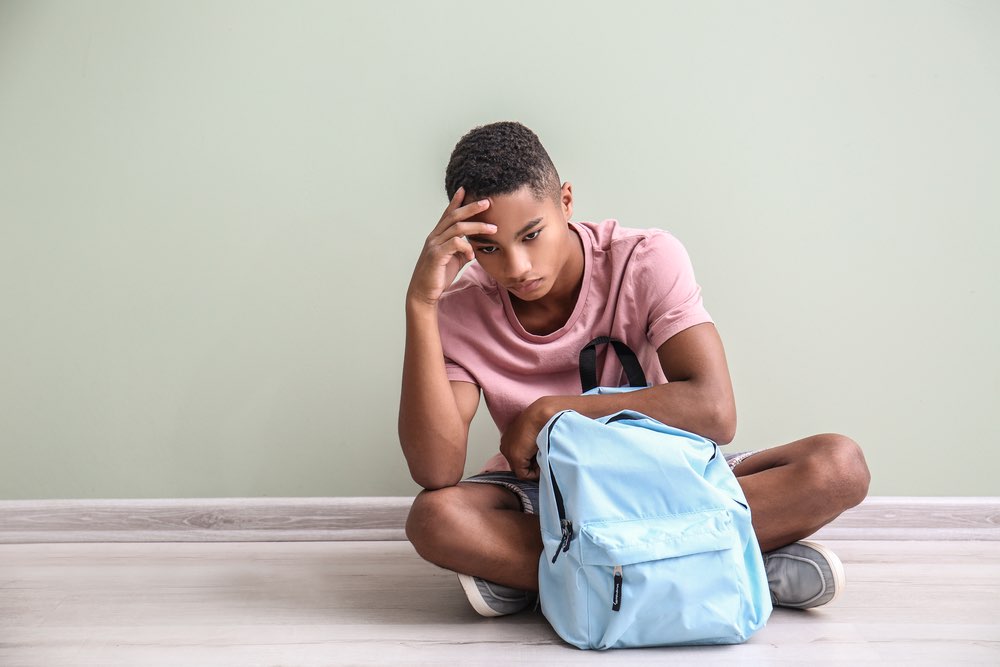
Evidence shows that people of color — Black and Latino in particular — are much less likely to be diagnosed with ADHD, learning disabilities, and other mental health conditions. To start, we need to infuse resources into poor and underfunded schools and have sufficient diagnostic tools that evaluate the individual rather than widen cultural and language barriers.
But where the work really needs to be done involves the role of "implicit bias" in our school systems. Minority families report that school personnel are more responsive to white families and less likely to interpret challenging behavior in Black or brown kids as ADHD, a learning disability or mental health diagnosis.
The School-to-Prison Pipeline
Hundreds of schools across the country have zero-tolerance discipline policies that thrust students out of the classroom into the criminal justice system, known as the school-to-prison pipeline. For example, according to The School to Prison Pipeline, in a U.S. Department of Justice complaint, school officials in Jefferson Parish, La., have given armed police “unfettered authority to stop, frisk, detain, question, search and arrest schoolchildren on and off school grounds.” 
What’s even more troubling is that the majority of students in the pipeline are Black students and students with disabilities. A nationwide study by the U.S. Department of Education Office for Civil Rights reports that Black students are 3.5 times more likely than their white classmates to be suspended or expelled.
The discrepancies are more alarming for black students with disabilities. An analysis of the government report by Daniel J. Losen, director of the Center for Civil Rights Remedies of the Civil Rights Project at UCLA, found that about 1 in 4 Black children with disabilities were suspended at least once, versus 1 in 11 white students with disabilities.
Teachers and schools need support to use best practices for behavior modification rather than turning to punishment and referral to law enforcement for challenging behavior. But this isn’t just about teachers and schools.
The Effects of Redlining and Racism
Because schools are funded by property taxes, schools in Black neighborhoods are overcrowded and have few resources. Historically, redlining blocked off Black neighborhoods from public and private investment, denying Black individuals loans and other government services, including school resources and funding, based purely on race. 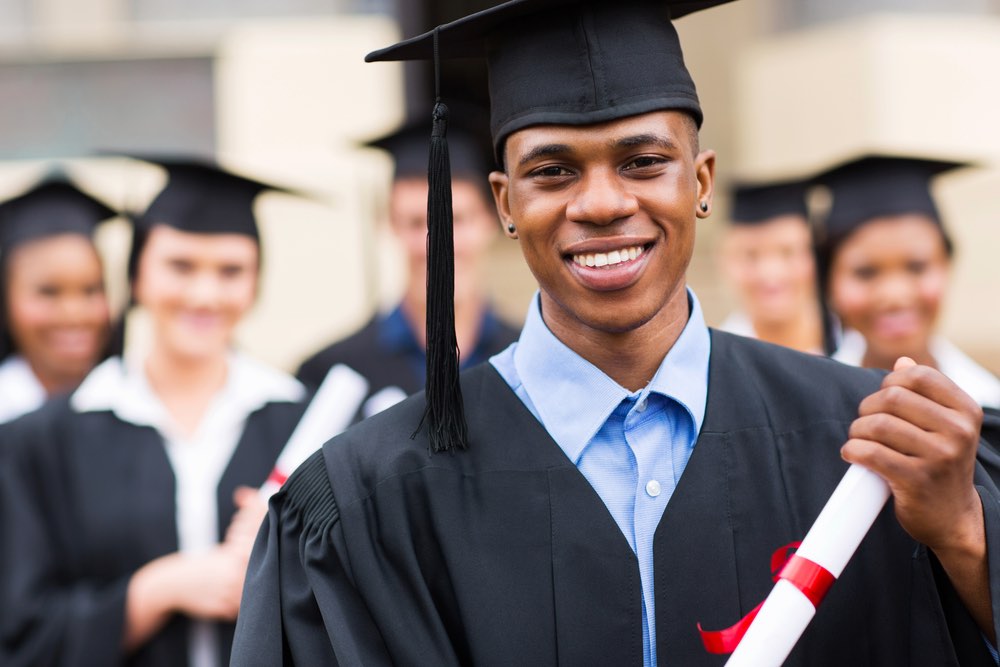
According to act.tv, a progressive media company, a study of banks in the 1980’s in Atlanta showed that banks were more likely to give loans to low-income white families than middle income Black families. Redlining still affects major cities like Chicago today. A 2017 article in The New York Times stated that for every $100 of wealth for a white family in the US, Black families have $5.04. Although there are efforts for Black college applicants to become less scarce, there are biases for graduates. Studies have shown that a resume with “white-sounding” names receive twice as many callbacks than those with “Black-sounding” names with similar backgrounds.
Our Role in Implicit Bias
When there are prejudgments in society that people are not aware that they have, this is known as implicit bias. We need to own and accept that most of us have unconscious biases. These perceptions have developed from our own experiences, which we unconsciously and erroneously accept as truth. When these implicit biases become engrained into our societal structures, that’s when it becomes systemic racism. When we recognize the role these biases play in how decisions are made and how these decisions affect human lives, we can make room for change.
How parents choose to discuss the Black Lives Matter movement, implicit bias and systemic racism is influenced by each family's experience. While parents of color are significantly more likely to talk with their children about racism, especially with the urgency of what's going on now, almost all kids will benefit from the opportunity to talk about what’s happening, which can reassure them and help promote change.
The following are some strategies to support you with this conversation with your child, with some extra tips for talking about this topic with your ADHD'er.
Talk About Race and Racism 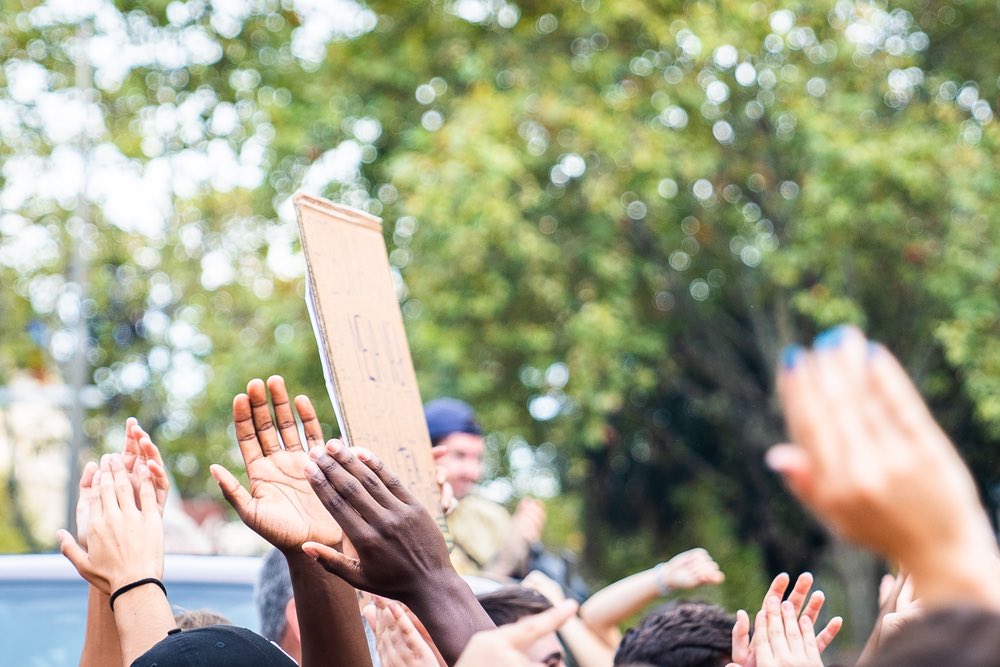
Quick Tips:
• Emphasize the way Black people have historically been treated poorly in our country. For older kids, this could mean a discussion about preconceived prejudices and unconscious bias, such as “white people can’t dance” or “Black people are lazy.”
• Help your child identify charismatic Black leaders.
• Recognize your child's strengths. When children recognize their strengths, which is not easy for children with ADHD who are offered consistent feedback, they are more likely to build the confidence to recognize strengths in others.
• Celebrate the power of differences by helping your child recognize what makes himself and others unique.
Give Your Child The Opportunity to Be Heard 
Depending on the age of your child and your family’s experience with the trauma of racism, these conversations may be difficult. For some families, it may be the first time you’ve discussed racism. Either way, most kids will benefit from expressing how they are experiencing this perplexing time and how it’s impacting them. Just as important, by providing opportunities to talk about racism, you are standing up for what’s right, even when it’s hard to talk about it, even when you don’t fully understand everything, because that’s how you can begin to make change happen.
Quick Tips:
• Have a dialogue with your child about what your child understands. For young children this could be a discussion about what it means to protest, or it could mean a conversation around being fair. For older kids it could mean a discussion about the racial nature of police accountability or going out to protest.
• Ask questions to encourage your child to speak out. For example, "What are you noticing?" "What makes this important?" "What could make this different?" "What are you learning about yourself?"
• Be aware that even for kids without ADHD, this can be a distracting and overwhelming time. Individuals with ADHD need to work hard at managing their energy levels, especially during emotionally charged situations.
• Try not to get frustrated if you're trying to engage your child in a conversation that isn't happening. Rather than having long, drawn-out conversations that can be exhausting and draining, it can help to limit conversations to short, brief ones so they don't feel overwhelming or threatening.
• Manage your expectations and do your best to have consistent and open conversations.
Acknowledge Your Child's Experience
Acknowledge your child’s experience by helping them to express their feelings. Encourage them that it’s all right to feel angry about intolerance and injustice and that we can channel our anger towards a better future.
Quick Tips: 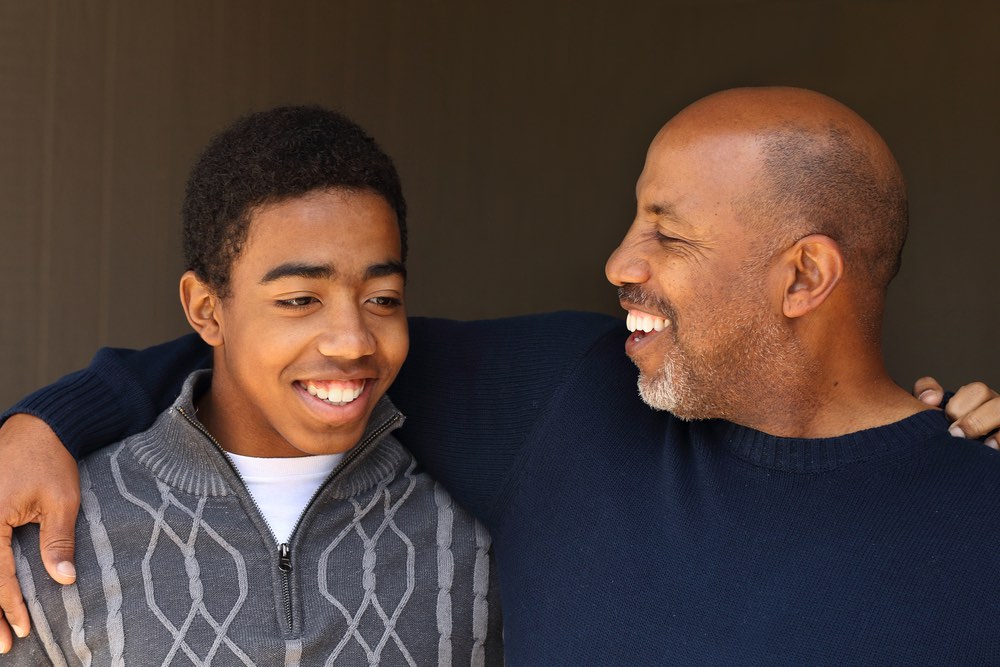
• Hold in mind that kids with ADHD tend to react and respond more intensely than those without ADHD, and their reactions may last longer as well.
• Help your child label her feelings which supports her to develop an awareness of her emotions, so she can respond (rather than react) to intense feelings and concerns.
• Support your child in empathizing with the emotions others may be feeling. This can provide opportunities for social and relational skills that may need strengthening for kids with ADHD.
• If you notice the conversation is getting too heated or your child or teen is getting oppositional or shutting down, give each other some space. As is often the case with ADHD, your child may impulsively say something he regrets. To nip this in the bud, tell your child, "This conversation is important, so let's talk when we're both more calm."
• Reflect to your child on what you think he's saying so she feels like you hear and understand. When you express your point of view, try not to use "but," which tends to discredit, and instead, express how you feel using "I-Statements." For example, your teen tells you she wants to protest, but you feel nervous about it. "I realize it's important to you to go out to protest, and it's your constitutional right. (Reflecting). "I feel I'm nervous about it, and I'm scared you can get hurt. I need to think about how I feel about a peaceful protest in daylight with a mask." (I-statements). 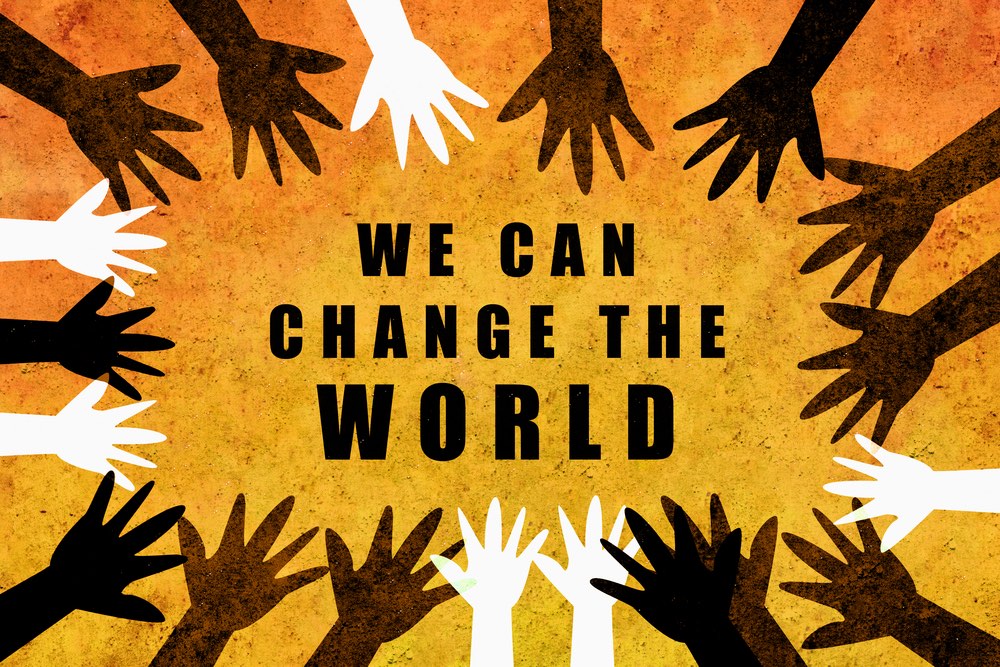
• Give your child some agency and discuss the experience your child is looking for, especially when you and your child may not agree. For example, in the example above, you discover that your child wants to use his voice to be an activist. You can discuss additional ways to experience activism, such as civic engagement, donations, dialogue, art, and digital platforms. Perhaps your child wants to contact his senator, sign petitions, or learn more so he can use his voice through appropriate media channels.
If your child is having a tough time with their mental health, don't be afraid to ask for help. For therapy, try Best Online Therapy Platforms, and for psychiatric support, try Best Online Psychiatric Options.
Each family's experience influences how parents choose to discuss the Black Lives Matter movement, anti-racism, and systemic racism. Our kids will benefit from the opportunity to talk about what’s happening, which can reassure them and help promote change.
• Talk About Race and Racism
• Give Your Child The Opportunity to Be Heard
• Acknowledge Your Child's Experience
The conversation needs to happen for change to become a reality.
Warmly,
PS. Need more assistance living with ADHD?
Contact me for an ADHD Strategy Assessment, and we can discuss some solutions you can implement now!

